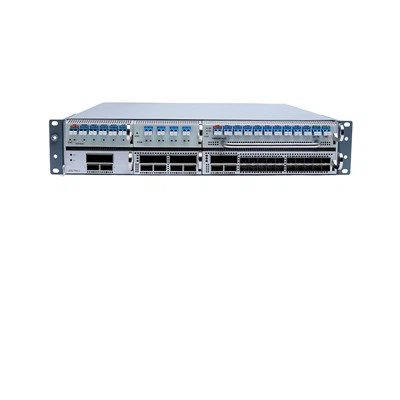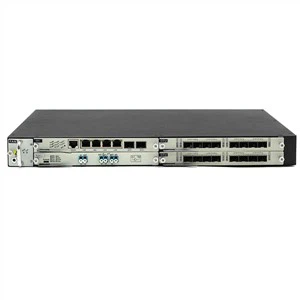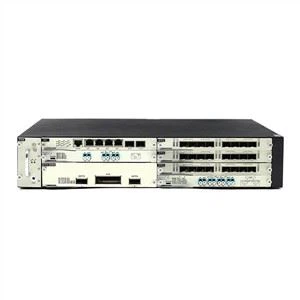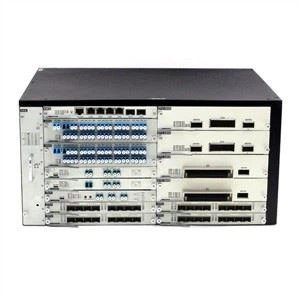For those who are not familiar with how to do the port configuration, you can have a look at the following part.
How do you change 100G QSFP ports to support QSFP+ 40GbE transceivers?
Configure the desired speed as 40G:
(config)# interface Ethernet1/1
(config-if-Et1/1)# speed forced 40gfull
How do you change 100G QSFP ports to support 4x10GbE mode using a QSFP+ transceiver?
Configure the desired speed as 10G:
(config)# interface Ethernet1/1 – 4
(config-if-Et1/1-4)# speed forced 10000full
How do you change 100G QSFP ports from 100GbE mode to 4x25G mode?
Configure the desired speed as 25G:
(config)# interface Ethernet1/1 – 4
(config-if-Et1/1-4)# speed forced 25gfull
How do you change 100G QSFP ports back to the default mode?
Configure the port to default mode:
(config)# interface Ethernet1/1-4
(config-if-Et1/1)# no speed
Note that if you have no experience in port configuration, it is advisable for you to consult your switch vendor in advance.
Conclusion
To sum up, QSFP+ modules can be used on the QSFP28 ports, but QSFP28 transceivers cannot transmit 100Gbps on the QSFP+ port. When using the QSFP optics on the QSFP28 port, don’t forget to configure your switch (follow the above instructions). To make sure the smooth network transmission, you need to ensure the connectors on both ends are the same and no manufacturer compatibility issue exists.





















